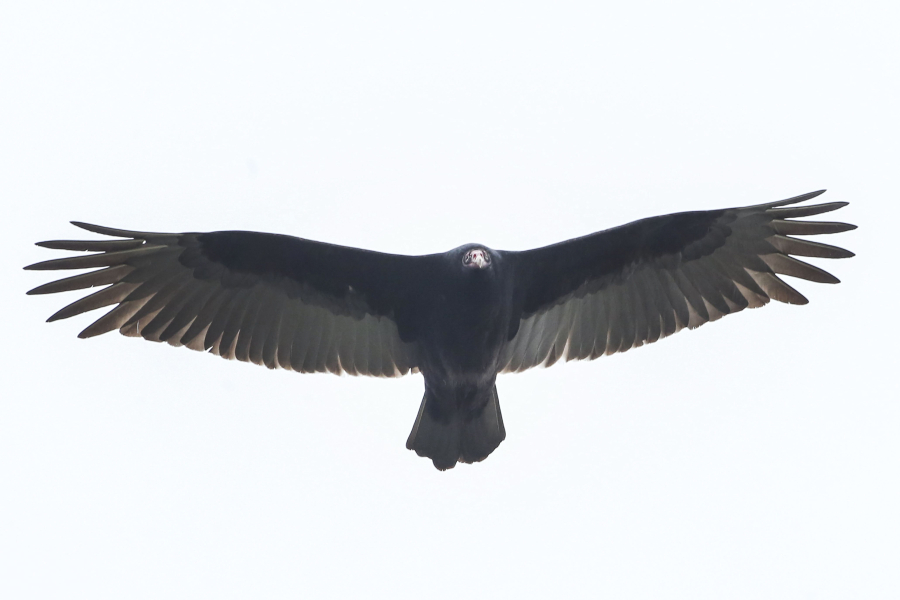MARIETTA, Pa. — Black vultures circled beneath a leaden sky, swooping down close to the tombstones in a cemetery here in search of something dead to eat.
Classic horror imagery aside, a big bird in the air is better than one on the roof for homeowners in this quaint town of 2,607 on the Susquehanna River in Lancaster County. In Marietta’s case, it’s usually 10 to 20 vultures on the roof, tearing off shingles, picking at rubber for hours, and leaving fresh coatings of their acidic, white feces behind when they fly off.
Experts call that “whitewash.”
“This is like Edgar Allan Poe stuff right here,” Councilman Louis McKinney said.
No one’s quite sure why the vultures, sometimes numbering in the hundreds, have chosen to converge on Marietta. Like their slightly larger turkey vulture cousins, black vultures are native to Pennsylvania, and residents said they’ve always been seen in summer months, soaring high above the river. What they lack in beauty, they make up for in resourcefulness, playing an important part in the ecosystem by eating carrion and roadkill.
In recent years, though, the vultures have moved inland once the frosts become consistent in late autumn. They roost in pine trees and line up on warm rooftops, spreading their wings — with spans of 5 feet — to soak up the sun. Residents say this year is worse than ever. One homeowner on West Market Street who asked not to be identified said she’s spent several thousand dollars repairing damage the vultures have caused to her roof.




